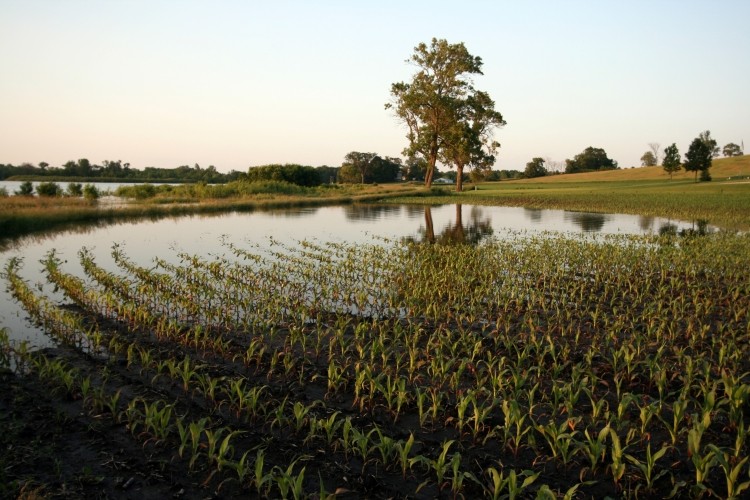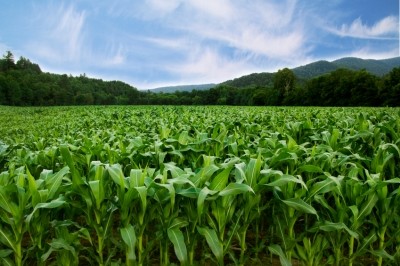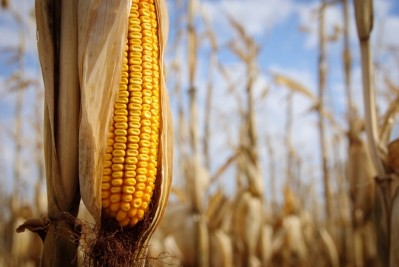Special Edition: Grain market movements
Wet weather slows US feed crop harvest, not expected to alter quality

In some areas, temperatures have remained mild without a “killing frost” and some crops have not reached the dryness looked for at harvest, said David Bau, extension educator with the University of Minnesota.
“There are a lot of corn fields out that haven’t been touched,” he told us. “It hasn’t gone as quickly as a normal harvest.”
Some farmers have reported drying 30% of their crop, or seeing corn that is at 20% or 16-17%, he said. “The soybean harvest was slower – the beans never really dried down either,” he added.
However, the wet weather and longer in-field times is not expected to greatly reduce crop quality, said Bau. Crops may continue to dry down the longer they are in the fields, but the primary concern would be if corn stocks were not sturdy.
The crops continue to show strong yields, quality and offer good test weights for both corn and soybeans, he said. Farmers are seeing some fields producing 200 bushels an acre of corn and 60 bushels for soybeans.
But, questions remain if corn will reach break-even prices, he said. “And 2017 doesn’t look good at this point – next year’s budgets look better for soybeans than corn,” he added.
“The prices aren’t very good,” he said. “We aren’t talking profits yet – even with the good yields they probably can’t make money on corn but on soybeans they can.”
Indiana, another state witnessing deviation from last year in harvest timing, crop yields are also strong, said Robert Nielsen, extension corn specialist and professor of agronomy at Perdue University.
“Harvest has been progressing relatively well,” he told us. “The USDA-NASS report last Monday indicated that statewide harvest is slightly faster than the 5-year average pace, but slower than the 2015 harvest. The October USDA-NASS yield estimate for Indiana corn statewide was 177 bu/ac [bushel an acre] or 6.6% higher than the historical trend yield of 166 bu/ac.”
However, there has been a greater prevalence of ear mold in corn this year, said Nielsen.
“Ear molds [and] rots are more common this year than last year, with scattered areas or fields within areas exhibiting significant levels of these diseases and/or some of the mycotoxins that can develop with ear rot diseases like Gibberella and Fusarium,” he said. “Generally speaking, though, grain quality has been fairly acceptable.”
Corn details
Overall the corn harvest, for the 18 states responsible for the majority of the 2015 harvest, is at about 61% complete, for the week ending October 23, said the US Department of Agriculture (USDA) in the most recent crop progress report.
Last year about 70% of the harvest had been completed by this point in the season, and on average about 62% of the crop is out of the field, said the department.
States that are lagging behind where they were last year include Illinois, Indiana, Iowa, Kansas, Michigan, Minnesota, Missouri, Nebraska, North Dakota, Ohio, Pennsylvania, South Dakota, and Wisconsin, said the USDA. Additionally, Iowa, Michigan, Minnesota, Nebraska, South Dakota, North Dakota and Wisconsin are progressing more slowly than they do on average.
Soy stats
Similarly, the overall harvest for soybeans in about 76% complete, which is on par with the average harvest and behind last year’s 84% completion by this point in the year, said the USDA.
States that are behind where they were at this point in 2015 include Illinois, Indiana, Iowa, Kansas, Kentucky, Michigan, Minnesota, Missouri, Nebraska, North Dakota, Ohio, South Dakota, and Wisconsin, said the USDA. States trailing both where they were last year and the multiyear average include Illinois, Iowa, Michigan, Nebraska and Wisconsin.
“Scattered periods of rainfall have interfered with the harvest of both corn and soybean around the state,” said Nielsen. “My recollection of the 2015 harvest season was that we experienced fewer periods of rainy weather.”
Other feed grains
About 94% of the sorghum crop has reached maturity for the 11 states that planted the majority of the crop, said the USDA. That progress is in keeping with last year’s production and remains ahead of the multi-year average.
Four states, Arkansas, Louisiana, Missouri and Nebraska have seen the entirety of the crop reach maturity, the department said. However, at 63% mature New Mexico lags behind where it was at this point last year and the other sorghum growing states.
The overall crop harvest, about 67% complete, remains ahead of the multi-year average, but trails where it was at this time last year, 68% complete, said the department. Arkansas and Louisiana have completed their harvest.
About 78% of the sugarbeet harvest has been completed, which is similar to the average for harvest pace, though behind last year, said the USDA. All four states responsible for the majority of the crop are behind where they were at this point last year, and at 34% complete Michigan is the furthest from completion.
Additionally, winter wheat plantings are off to a slower start than in past years, said the department. About 79% of the crop has been planted compared to 81% at this point last year, and an average of 82% by this point in the year.










